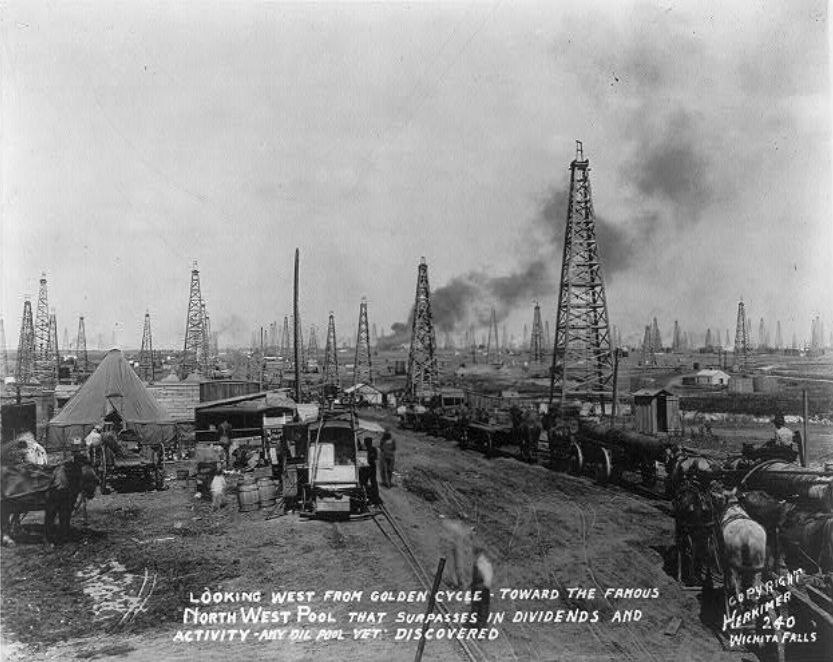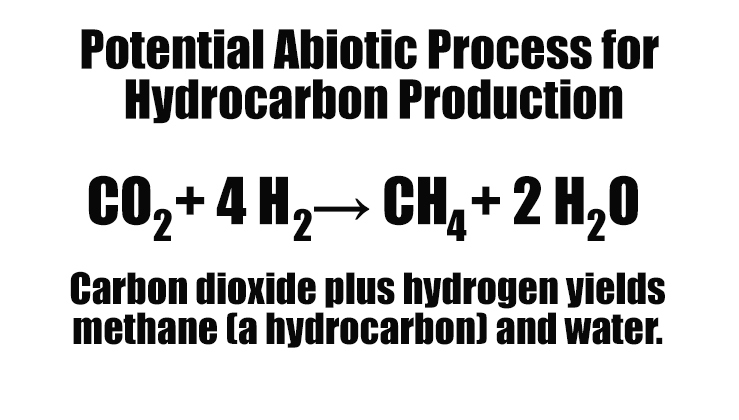 Crude oil is used in the production of gasoline, diesel fuel, and other important substances, including plastics. The crude oil comes from the ground beneath our feet. But the question arises, how did it get there?
Crude oil is used in the production of gasoline, diesel fuel, and other important substances, including plastics. The crude oil comes from the ground beneath our feet. But the question arises, how did it get there?
Where Does Crude Oil Come From?
There are two basic theories for the origin of crude oil: biotic and abiotic.
The biotic theory predominates. It attributes oil’s formation to the decay of animal and plant matter.
The less widely accepted – even controversial – abiotic theory denies the involvement of living organisms in the production of crude oil.

These two theories are finding most of their adherents in two camps – the Western camp (biotic) and the Russian-Ukrainian camp (abiotic) – although there are western scientists in the R-U camp. This division is especially sharp in the 21st century, since researchers have detected hydrocarbons in space objects, where no plant life has ever existed.
Although some researchers have attributed serious work concerning the abiotic theory to the Western world, published literature shows Eastern scientists predating Western work in this area.
The Biotic Theory

It would seem logical the biotic (a.k.a. biogenic) theory would gain initial acceptance. The climate of 17th and early 18th century chemistry suggested life was essential to the production of carbon-containing compounds similar to those found in living organisms. It was also recognized that many minute life forms are found in sedimentary layers within the earth. Pressure, percolation, and other processes might well lead to pooled oil deposits.
If this process of oil formation is the one-and-only process by which oil is formed within the earth, oil necessarily is being depleted much faster than it can possibly be regenerated and the development of alternative energy sources is immensely important.

The Abiotic Theory
The abiotic (a.k.a. abiogenic) theory requires nothing from earth’s surface or the living organisms residing there. All essential materials can be found within the earth. The minerals and other raw materials involved are found within the planet and the supply of crude oil may be hardly tapped. Alternative energy sources may not be as crucial.
If this theory is true, it could still be difficult to accept just the same. The chemistry is less intuitive, and prejudice in favor of the established theory could require time for barriers to its acceptance to be broken.
Currently some feel there is insufficient carbon dioxide (CO2) availability within the earth to achieve the necessary chemistry.
To illustrate, one reaction leading to the formation of a hydrocarbon may be written:

Elemental carbon (assuming such would be needed) would have to be oxidized to form the carbon dioxide. Where would that oxygen come from?
What is the Truth?
The question arises, what is the truth, and wherein lies the proof? There is no question that oil can be extracted from once-living organisms. That makes an impressive statement in behalf of the biotic theory. In addition, many years of belief this is the correct mechanism has led to much development and organization of the data. But none of this suffices as proof it is the one-and-only mechanism for the formation of crude oil within the earth’s mantle.
Research has demonstrated that at least some of the chemistry of the abiotic theory can occur within the earth, and if it proves to be the correct mechanism, it could explain the abundance of oil within the earth, as well as offering the hope that much more remains and that it is possible to replenish the oil supplies. But this does not suffice as proof that it is the one-and-only mechanism for the formation of oil, either.
Biotic or Abiotic?
The truth could prove to be that both mechanisms are correct, or that neither provides a completely accurate picture of how crude oil comes to us. What is certain is that scientists need to avoid letting previous ideas, politics, or even scientific competition prevent them from accepting the truth, whatever that proves to be.
Note: You might also enjoy Do Lone Atoms or Molecules Assume States of Matter?
References:
- U.S. Energy Information Administration. What are the products and uses of petroleum?
- Penner, S. S. Abiogenic or Biogenic Petroleum. Doctors for Disaster Preparedness – University of California – San Diego
- Petroleum.co.uk. Abiotic Oil Formation
- Ocean Drilling Program – Texas A & M University. Hydrocarbon Origins and Occurrences
← Back to Classic Science
← Home

[The] expulsion of commercial[ly] interesting hydrocarbons from sedimentary source rocks is [both] scientific and true, but [the] fossil fuel theory [only] is a big mistake and require[s] a new balanced theory that can reconcile [the] strong evidences of both.
Productive sedimentary source rocks have essentially formed with the involvement of abiotic fluids that have migrated into the sedimentary environment from the mantle.
Performed very simple experiment from the 2 primal elements and 2 compounds also in abundance. It proved to myself the earth cannot run out of oil. You don’t need heat or pressure at all. The experiment “flipped” in 7 months. Microscopy shows no signs of the 4 after completion.